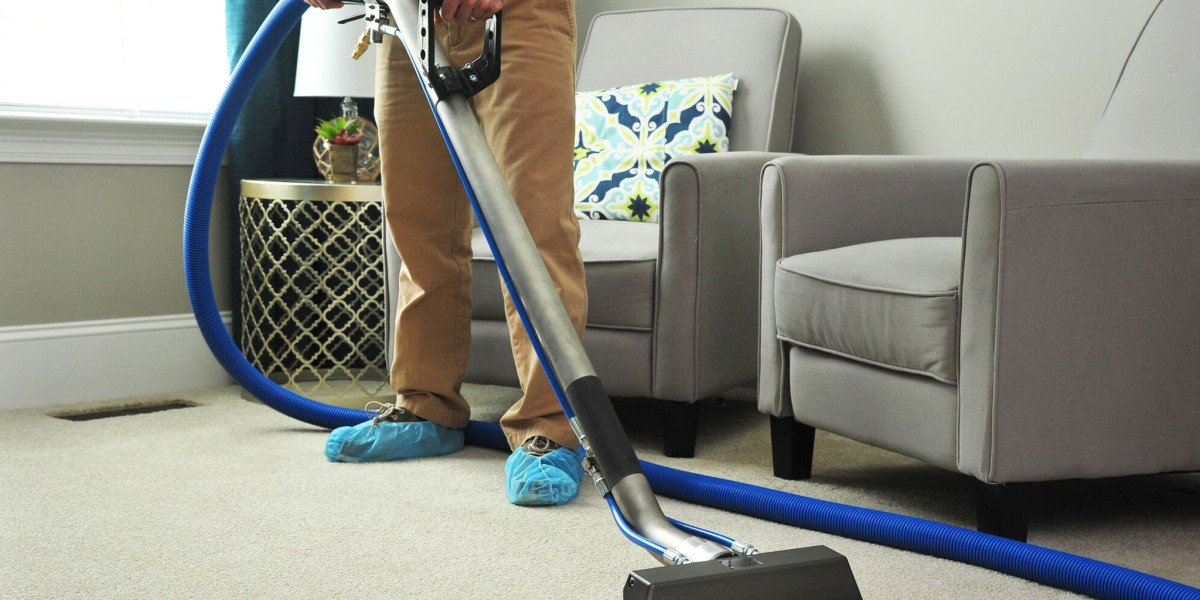Building a custom server can be one of the most rewarding projects for IT professionals and tech-savvy individuals. It offers the flexibility to tailor hardware to precise workloads, optimize performance, and manage costs better than off-the-shelf solutions. But this kind of freedom also opens the door to several pitfalls—some of which can lead to major setbacks, security risks, or unnecessary expenses.
To make your custom server build as efficiently and hassle-free as possible, it’s important to understand the common mistakes people often make—and how to steer clear of them.
Overlooking the Purpose of the Server
One of the biggest missteps is starting a server build without clearly defining its intended function. Will it host websites, manage databases, handle virtual machines, or act as a storage system? Each use case has different performance and reliability requirements. Without this clarity from the outset, it’s easy to misallocate resources—like investing in a powerful CPU when what’s really needed is high-capacity storage or fast network throughput.
Before choosing any component, it's wise to map out the specific workloads and applications the server will run. A little planning up front can save a lot of rework (and money) down the line.
Skimping on Cooling and Airflow
Even seasoned builders sometimes focus so much on processors and RAM that they forget the vital importance of cooling. High-performance components generate serious heat. Without adequate cooling—whether that’s high-CFM fans, liquid cooling solutions, or optimized chassis airflow—your system could suffer throttling or even hardware failure.
And don’t just rely on stock cooling. Instead, evaluate the airflow path inside your case. Components like GPUs, RAID cards, and high-end CPUs can all add thermal stress to a system. Proper planning around ventilation and fan placement can protect your investment for the long haul.
Not Choosing a Reliable Motherboard Platform
The motherboard acts as the backbone of your server—everything depends on it. Yet, some builders opt for consumer-grade boards because they’re cheaper or more familiar. While this might work for home labs or small test environments, it can lead to trouble for enterprise-level tasks.
Enterprise-grade platforms like Supermicro Servers are designed with high-performance workloads in mind. These systems are built to handle 24/7 operation, offer advanced hardware compatibility, and come equipped with remote management features essential for modern data centers. Whether you're deploying a server for virtualization, cloud storage, or database hosting, choosing a robust and scalable solution like Supermicro ensures long-term reliability. Skipping this step and opting for consumer-grade hardware often leads to bottlenecks, instability, or costly upgrades later on.
Underestimating Power Requirements
It's tempting to assume that a 500W or 600W power supply is "good enough," especially when initial specs seem modest. But as components are added—more drives, higher-end GPUs, or expansion cards—the power demand quickly increases. Running close to the PSU’s limit for extended periods can strain the system and shorten the lifespan of key parts.
Use an online power calculator or consult with hardware documentation to accurately determine wattage needs. And when in doubt, opt for a high-efficiency power supply with some headroom to spare. This is particularly important for rack-mounted servers and systems housed in data centers.
Ignoring Compatibility Between Parts
Another common blunder is assuming that all parts will just work together. While compatibility issues are more rare today than in the past, they can still crop up. Incompatible memory, mismatched CPU sockets, or unsupported RAID controllers can derail a build quickly.
Before purchasing components, cross-check the motherboard’s compatibility lists and review forums or spec sheets. It's always safer to double-check than to face the frustration of having to return parts or troubleshoot obscure boot issues.
Forgetting Future Scalability
A server build might be perfect for today—but what about six months from now? Failing to plan for future scalability can lead to expensive upgrades or complete rebuilds. For instance, not leaving enough RAM slots open, or choosing a case that doesn’t support additional drives, can limit growth.
Thinking long-term is especially important for business environments or growing digital infrastructures. Opting for modular designs and chassis with ample room for future expansion can make a significant difference in avoiding costly overhauls. Supermicro Servers Systems are engineered with scalability in mind, offering flexible configurations, high-density designs, and enterprise-grade components that adapt easily as demands grow. Choosing a system built for expansion from the start reduces the chances of needing a full rebuild when scaling becomes necessary.
Skipping Redundancy Measures
Lastly, a server without redundancy is a disaster waiting to happen. RAID configurations, dual power supplies, and ECC memory aren't just nice-to-haves—they're essential for any system that supports critical data or processes. Even if uptime isn’t a priority now, building with redundancy in mind allows for more flexibility in the future.
Investing in mirrored drives or hot-swappable bays doesn’t just safeguard data; it makes recovery faster and reduces downtime.
Final Thought
Building a custom server is a complex but fulfilling endeavor. But the excitement of hand-picking each component can sometimes cloud good judgment. Avoiding the mistakes discussed—such as poor planning, neglecting cooling, overlooking scalability, or skimping on quality components—can make the difference between a reliable workhorse and a problematic money pit.
Those considering enterprise-class solutions should evaluate brands and platforms that have a solid reputation for stability and scalability. For example, builders looking to avoid compatibility issues and downtime often find it worthwhile to explore solutions like Cloud Ninjas LLC, especially when custom server requirements are both high-stakes and long-term.
By staying informed and thinking ahead, custom server builders can enjoy powerful, efficient systems that stand the test of time.













